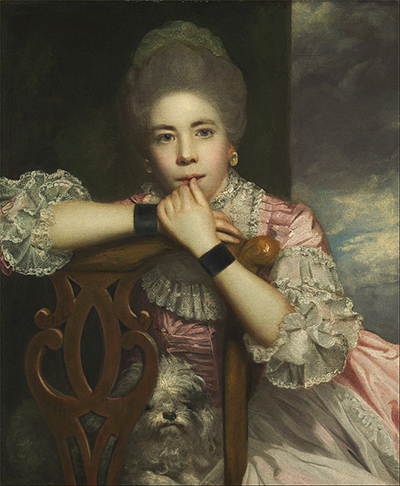 Buy Art Prints Now
Buy Art Prints Nowfrom Amazon
* As an Amazon Associate, and partner with Google Adsense and Ezoic, I earn from qualifying purchases.
Mrs Abington was painted in 1771 by the acclaimed Sir Joshua Reynolds, one of the most celebrated British artists of the 18th century. Reynolds, who was the first president of the Royal Academy, adapted an idealised classic style that would later become known as the Grand Manner in his works.
His paintings raised the bar for other portrait artists to follow. As a flamboyant socialite himself, he promoted himself and his career through his social contacts as is evident in this portrait of a famous actress. This painting depicts Frances (Fanny) Barton, better known as Mrs. Abington, as she plays a role in the 1695 comedy titled Love for Love by William Congreve.
Abington was one of the most celebrated stars in the London stage. She had a tough childhood growing up in the slums near Drury Lane. Some of the jobs she did included selling flowers, working as a domestic worker and working for comedian Robert Baddeley as a cook before he gave her the first big break. The actress married James Abington, who was one of the trumpeters of the king. She would go on to become one of the most promising stars in the Drury Lane company.
The company was at the time managed by David Garrick, who also doubled up as an actor at the same time. In this portrait, Reynolds depicts her as she plays in one of her most successful roles as Miss Prue. She first played that role in the Love for Love comedy in December 1769. The sittings for this portrait are believed to have taken place either in December that year, or in March or April the following year.
The portrait shows the subject in character. The pose she assumes in this portrait was considered during that time as suggestive, and it was unthinkable for a lady in the British society to assume such as pose. She has her thumb suggestively placed on her slightly parted lips and she rests her arms on the chair back. Mrs. Abington had a visible presence in the London fashion arena, which led to many women of fashion adapting to her clothing style. Reynolds would go on to make other portraits of her, which further cultivated his and her public image.



